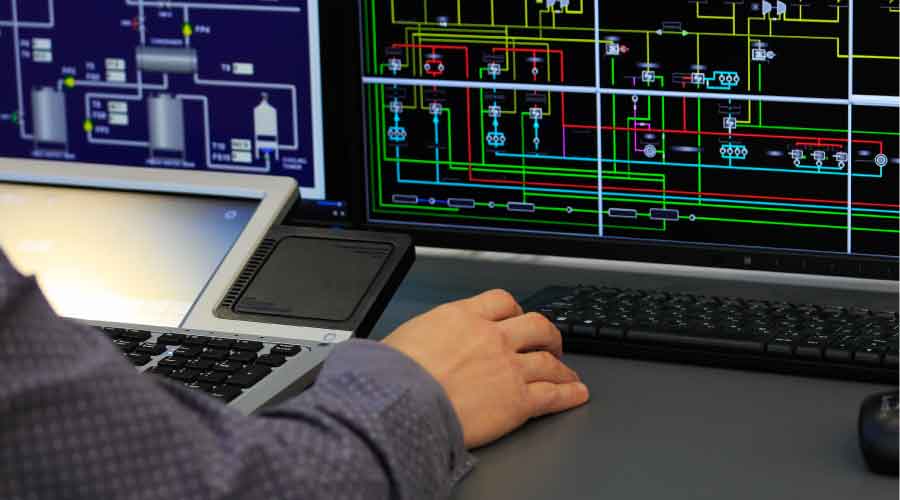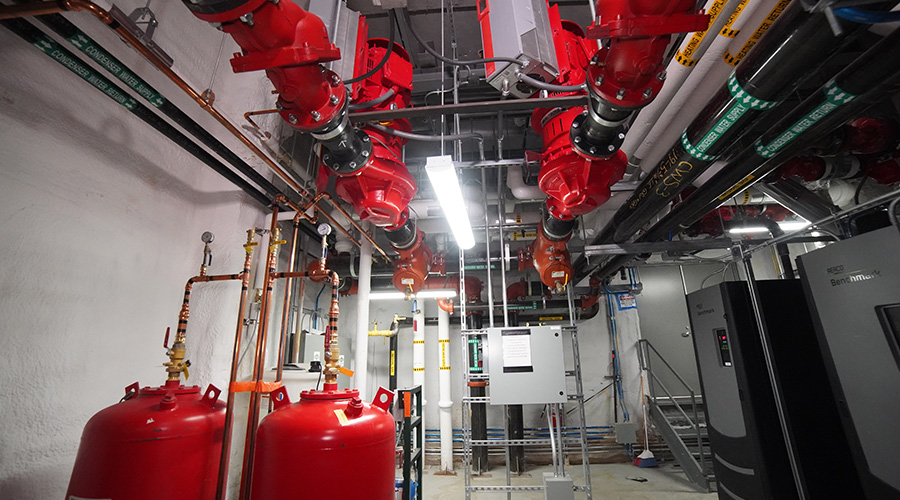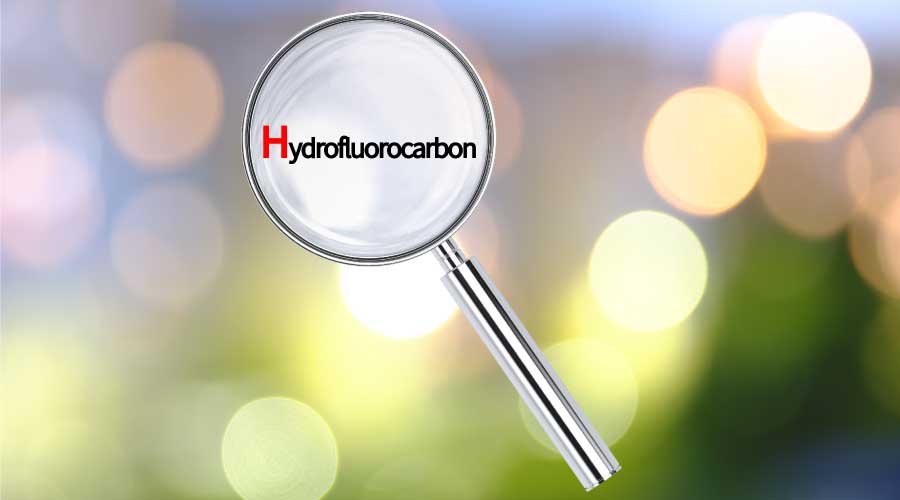5 Things to Know when Upgrading Building Control Systems
Understanding these basic concepts will help the managers decide what they want to achieve during a system controls upgrade.
By Aaron Lindley, Contributing Writer
Upgrading building control systems will require some upfront work by maintenance and engineering managers to understand what systems or sections of the control system needs upgrading in institutional and commercial facilities. This upfront investigation work will help managers understand what needs to be addressed moving forward.
Most control upgrades try to focus on the following ideas:
- Reduced maintenance costs
- Reduced energy consumption
- Improving comfort
- Extending building lifespan
Understanding these basic concepts will help the managers decide what they want to achieve during a system controls upgrade. As the ideas listed above are good concepts to keep in mind, the following documents five things managers need to know when upgrading their building control system.
1. Understanding needs
With so many different directions a new controls system upgrade can go, managers should figure out what they are trying to achieve from an upgrade. Answering this question will help managers understand if the system just needs a small facelift on the frontend, like outdated graphics, or does equipment like controllers, control devices and energy monitoring devices need replacing? Something to keep in mind when thinking about an upgrade is involving the maintenance operations team, which can directly reduce maintenance costs. If more is done in-house like upgrading controllers and the frontend services, the projects are not only cost-friendlier but also provide better capabilities to monitor or trend to the equipment. Some frontend services will have built-in troubleshooting applications that can build reports for teams to investigate any possible issues including failed control devices, programming logic errors that could help reduce energy consumption and upgraded alarming strategies such as remote paging. Some upgrades come from new building renovations or add-ons, and managers need to make sure their new controls system has the capability to monitor new systems being introduced to current facilities and be involved with the design to help guide this process.
2. Understand building capabilities
Knowing how the building operates is a critical step in any upgrade. I always recommend performing retro-commissioning to make sure managers can accurately decide what systems need upgrading. I have seen outdated controls and field devices as the No. 1 reason for upgrades. The outdated equipment causes higher energy consumption because of the failed equipment and directly impact cost savings. With outdated controls comes outdated control strategies, and the system’s current controls strategies might not be helping efforts to reduce energy consumption, improve comfort or extend the building’s lifespan. Many managers would like to see cost savings related to the system upgrade project, so savings can impact the payback period and upfront cost to perform upgrades and make sure the control system meets any new building requirements. Recently, the world has felt the impact of airborne diseases and because of that research has been on the rise to reduce the risk of spreading the disease. ASHRAE and the CDC have recommended several ventilation and filtration strategies to review before upgrading. The biggest impact from these new recommendations is outside air requirements. Managers should make sure equipment and controls can withstand introducing more outside air for temperature and humidity control requirements. Also, an occupant’s well-being factors into the upgrade as clean air is vital, improving cognitive function by up to 100 percent, reducing sick days, and savings thousands missed on productivity.
3. Explore funding options
With energy consumption and efficiency being more prominent in most building operations and design, service providers have plans that could help fund your system upgrade. Most utility companies will have designated plans to help guide managers through equipment selection, monitoring strategies and system reporting that directly affect control system options when upgrading. Managers should review these plans as the installation of new variable frequency drives energy efficient equipment and monitoring devices and could provide payments from the utility companies directly funding your controls upgrade. The installation of water flow and energy meters are an easy way to calculate energy consumption and meet utility requirements for funding. Some cost friendly ideas are strap-on flow meters and current sensors for energy monitoring. Not only will utilities pay to upgrade your control system, but the savings over time will also pay for the updates. A basic building automation system saves between $0.20 and $0.40 per square foot in utility costs each year. Also, third-party commissioning is a great option to validate your new controls upgrade that will help energy consumption strategies and make sure the building is operating correctly to provide a healthy building environment.
4. Have a plan
At this point, managers should have a good idea of what their upgraded controls system will look like. It’s now time to create a plan. One challenge to keep in mind when upgrading the controls system is the demo of your old systems. The demo could directly affect other systems in your building leaving them venerable to failure or unreliable for facility operation. Have a contracted controls service provider review and write a plan to address all monitoring issues during upgrades. Most often, we see a temporary building management system (BMS) installed with basic monitoring capabilities when a new system is getting integrated. Make sure the new system will meet the IT requirements of your current facility. We see a lot of managers that want remote BMS access for their building operators and spend the money to have these options installed on their controls system, only to find their internal IT group doesn’t allow remote access or have the capability to do so. IT could also have BMS communication restrictions, so be sure the facility team understands HVAC communication protocols such as BacNet MS/TP, BacNet IP and Ethernet IP.
5. Selecting a provider
We now have an understanding of what we want the new system to look like, know current and future building needs and have a good plan, but who will demo and install a new controls system? This can be a hard decision as most facilities do have a current controls company that services the building. Upgrading the current controls or getting a new control system has benefits and challenges, and working with a regular controls company should help the documentation process as the provider will have the most up-to-date documents of the system. This will help save money when investigating communication trunks, terminal units, programming logic and engineering. Going with a new controls service provider? The team will have challenges with the current architecture of the installed controls system but, most products can integrate with almost any communication protocols. Be sure you talk with potential controls service providers and ask for their “Plan” for integration related to system requirements.
Aaron Lindley is a senior engineer for FST Technical Services.
Related Topics:












